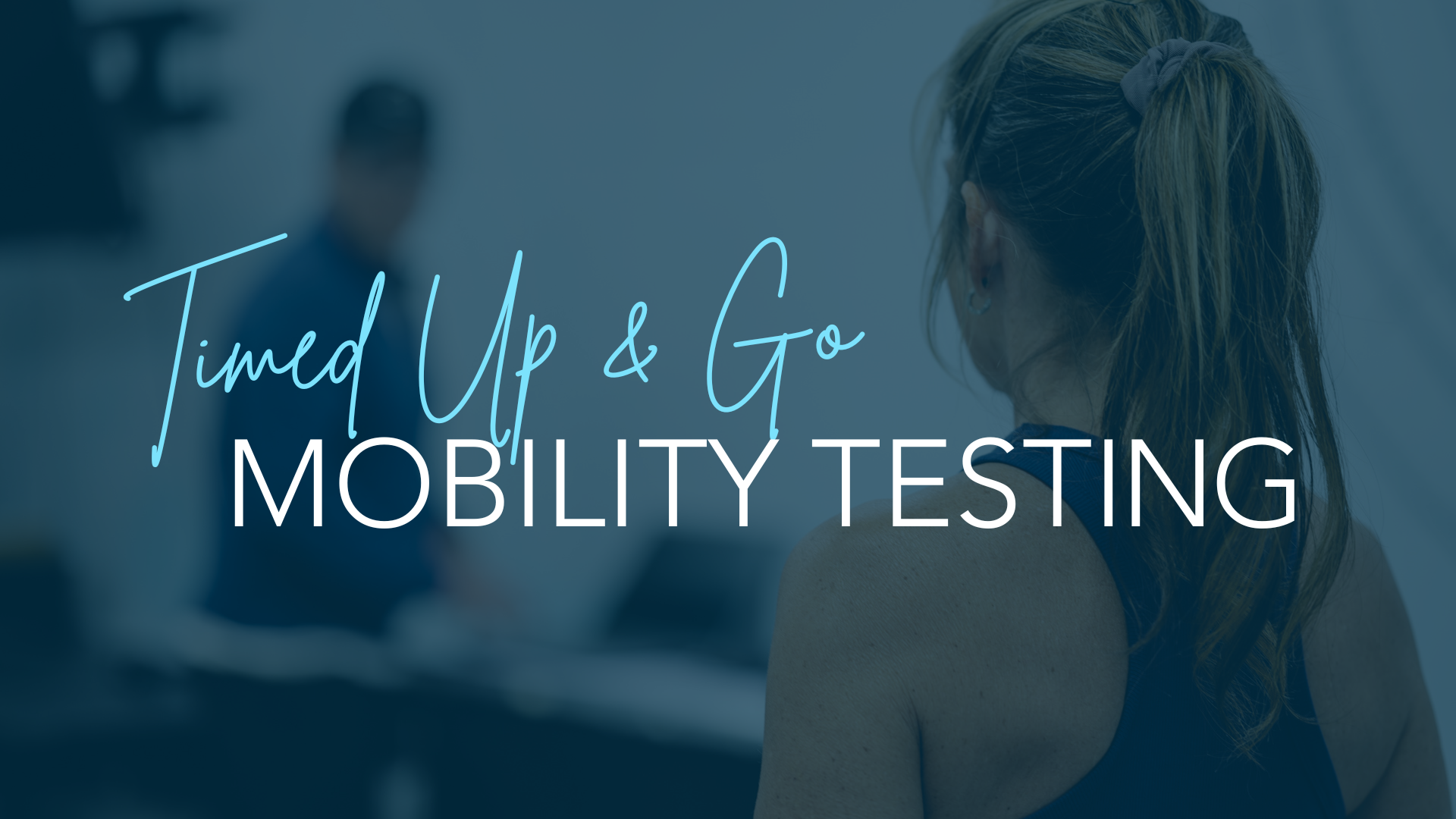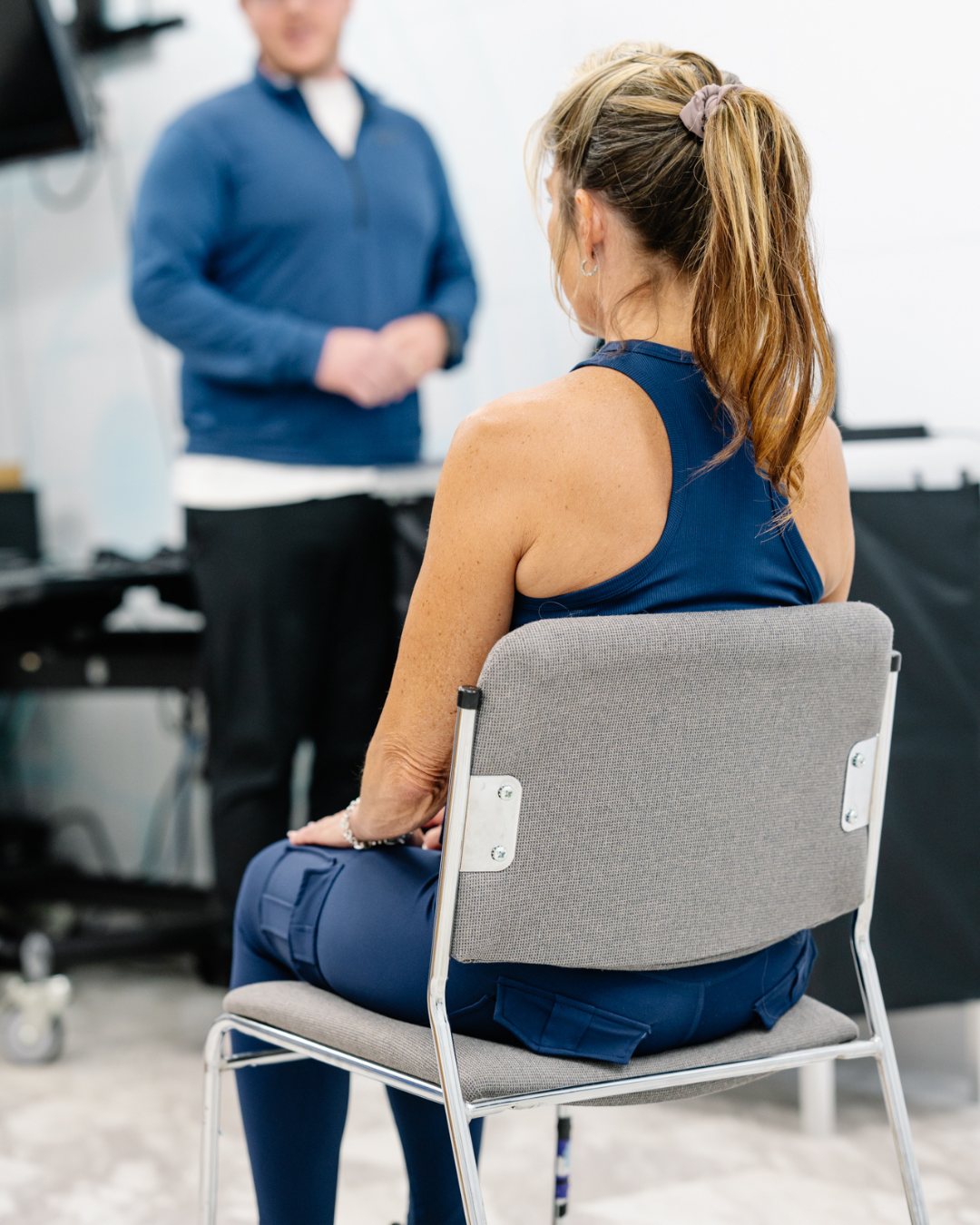
In clinical and research environments, the ability to objectively evaluate movement is critical—especially when assessing mobility, balance, and fall risk. One test that has stood the test of time is the Timed Up and Go (TUG) test. Simple, fast, and practical, the TUG test has become a foundational tool in evaluating functional mobility. But as technology advances, so too does our ability to analyze this test with far more precision and insight.
That’s where Noraxon’s motion analysis technology comes in—providing clinicians, researchers, and rehabilitation specialists with a powerful upgrade to a classic assessment.
What Is the Timed Up and Go (TUG) Test?
The TUG test evaluates a person’s mobility by measuring the time it takes to:
- Stand up from a chair
- Walk 3 meters
- Turn around
- Walk back
- Sit down
Traditionally performed with a stopwatch, the TUG test is a quick screen for mobility impairments and fall risk, particularly in older adults or individuals with neurological conditions. However, the simplicity of manual timing also introduces limitations—missing detailed movement quality and biomechanical patterns that are often critical for early detection or customized interventions.


Case Study Highlight: Instrumented TUG with Noraxon
A recent study titled “Functional Mobility Studies in Younger Adults: Instrumented Timed Up and Go (iTUG) Test Using Inertial Devices” (Kowal et al., 2023, https://www.mdpi.com/2077-0383/14/6/1944) explored the variability of mobility parameters during the TUG test using IMU-based technology. Researchers employed Noraxon’s Ultium Motion system to capture motion data and segment the test into sub-phases (sit-to-stand, walking, turning).
Findings showed that the instrumented version of the test allowed for more precise detection of mobility impairments and highlighted subtle motor control strategies that wouldn’t be visible with time-only assessments.
Applications in Clinical Practice
Rehabilitation
In post-surgical and neurological rehab, TUG data from Noraxon systems helps clinicians design personalized interventions based on actual movement mechanics—tracking how patients regain balance, coordination, and strength over time.
Fall Risk Prevention
By identifying deviations in movement symmetry, delayed transitions, or instability during turning, clinicians can implement early interventions that reduce fall risk—especially in geriatric populations.
Athlete Performance & Return to Sport
The TUG test, enhanced with full-body sensor data, has even found applications in sports medicine. Rehab specialists can track mobility in athletes recovering from lower extremity injuries and validate readiness for return to sport based on objective movement thresholds.
Looking Ahead: The Power of Objective Data
As the demand for outcome-driven care and evidence-based practice grows, tools like Noraxon’s motion capture systems enable clinicians and researchers to move beyond observation and into actionable analysis.
The TUG test—once limited to a stopwatch—is now a gateway to rich, biomechanical insight.
From sit-to-stand to gait symmetry, Noraxon technology is redefining how we assess movement, monitor progress, and prevent injury—one step at a time.

